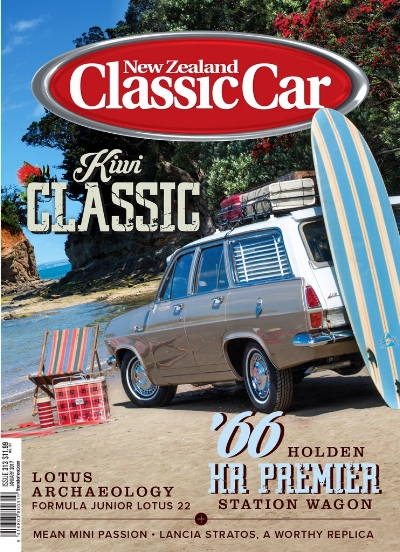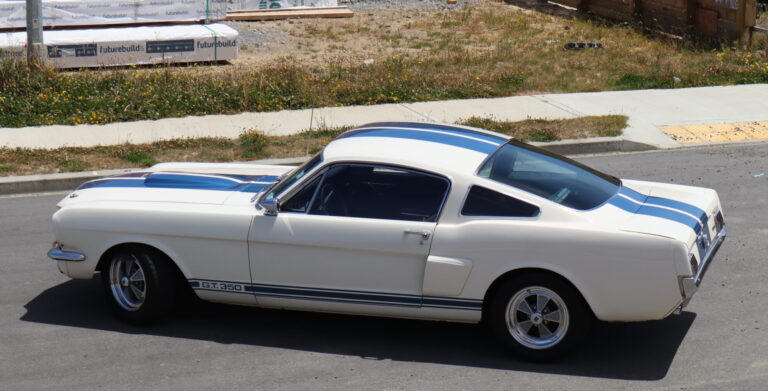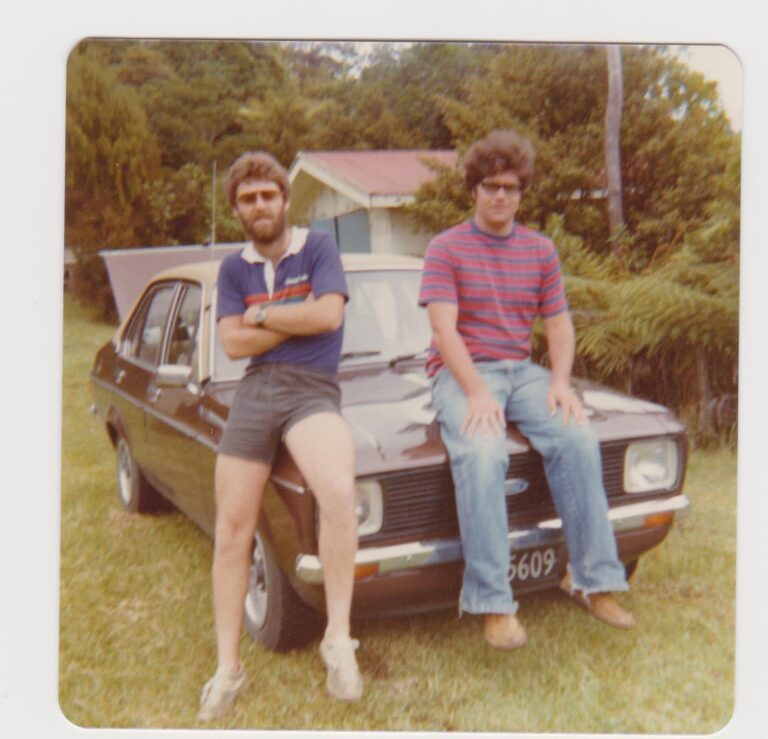By the time you open the pages of the January 2017 issue of New Zealand Classic Car (Issue No. 313), Christmas will quite literally be just around the corner. As always, the lead-up can be a stressful time for everyone. Leaving everything to the last minute seems to be the norm — well, for most of us, anyway — despite our best intentions not to make the same mistake again the following year. As our minds clog up with last-minute work details, what Christmas presents to buy, Christmas and holiday plans, not to mention atrocious traffic build-ups, it’s probably not a bad idea to take a moment or two to take a deep breath, relax, and thumb through the pages of this special Christmas issue.
Finally, I would like to wish all our loyal readers, advertisers, and contributors a Merry Christmas and Happy New Year. Drive safely over the holiday season, and we hope to see you next year.
Here’s a rundown of what we’ve put together for this issue:
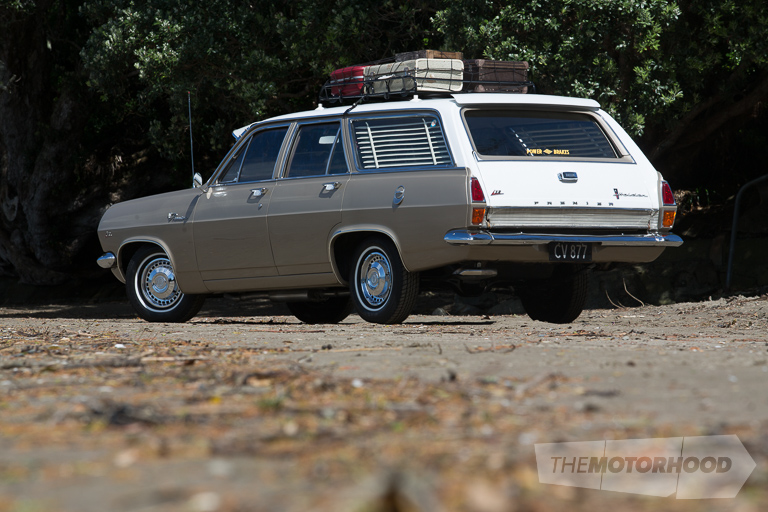
Daniel Armstrong took a liking to the HR station wagon from an early age, and decided that it would be his first car.
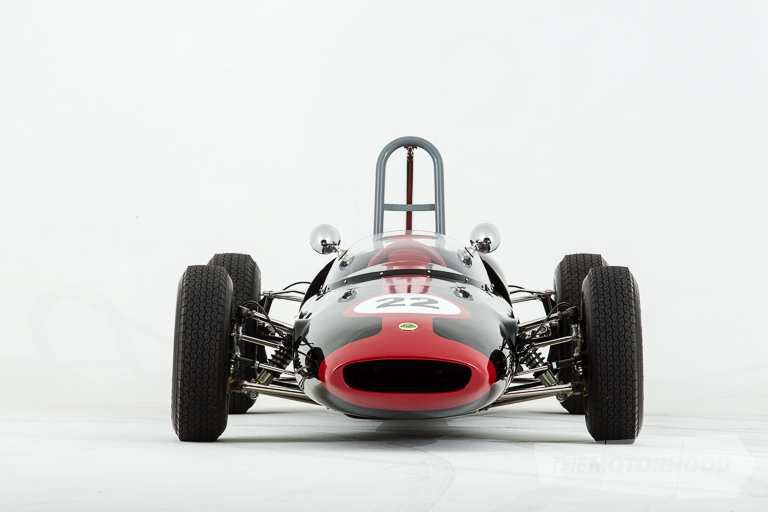
The story of our featured Lotus 22 — frame number 22/47 — is both interesting and tangled. Feast your eyes on this beauty!
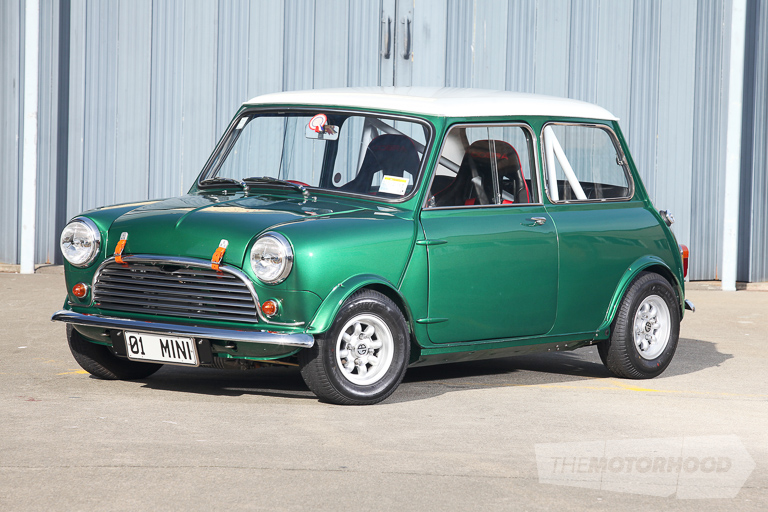
It has been said that once a Mini is in the family, you never really let go. Just ask Dean Foster!
Grab a copy of the January 2017 issue of New Zealand Classic Car (Issue No. 313) from a store near you, or order your copy below:

